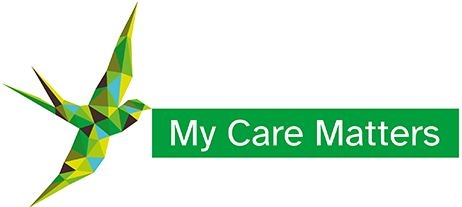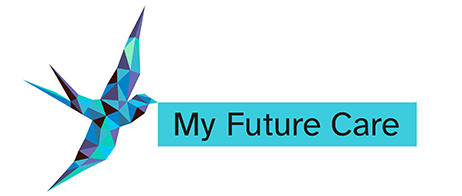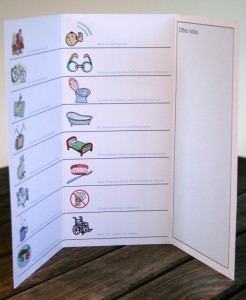 My experience of computers stretches back to the days when we expected desktop computers to radically reduce the amount of paper we use, yet here we are, printing on to more of the stuff than ever before – we’re using literally tons more paper than we did in the early 80s.
My experience of computers stretches back to the days when we expected desktop computers to radically reduce the amount of paper we use, yet here we are, printing on to more of the stuff than ever before – we’re using literally tons more paper than we did in the early 80s.
So technology hasn’t done away with paper yet, but there’s a suggestion that the new generation of handheld computers might finally do it. And it might for some tasks, but we should get used to the idea that there are some jobs for which paper is still the best option and stop considering it the ‘old fashioned’ alternative. They’re both tools, and each has its place.
I couldn’t stand the idea of going back to a paper-based address book, for example, but if I want to share information with people, some of whom may not have access to a computer, I’m very happy to pin a notice on the board, stick a scribbled note on someone’s desk or print a list to hand out. And because I don’t want to give everyone unlimited access to my computer I’ll print out the information I want to share, and keep the rest private.
And perhaps that’s the point… at the risk of simplifying things a bit too much, computers create barriers whereas paper breaks them down. If we try to narrow everything down so that all the information we need is available on a handheld for example, we immediately create a distinction between those who have access to information and those who do not. And here I’m thinking of our Care Charts of course. The needs and preferences of an individual should be instantly available to any visitor where that knowledge will make a difference to the care provided: doctors, cleaners, kitchen staff, agency staff, bank carers etc. Even in the unlikely event that you could place a handheld into the hand of each of these people, you have still left behind the family members and friends who might like to use the chart to leave a message or update some information, and how about the resident themselves? We know of many care homes who involve residents in the completion and updating of their charts. It’s another opportunity for interaction and communication with the individual – and that would be lost if everything a carer needs to know is uploaded to a handheld.
The latest technology can make light of many tasks, including the updating and storing of care plans and medical records. Indeed, we have ideas in development that make use of computer technology ourselves. But in attempting to apply technology to every task we risk losing the benefits of the paper alternative: the opportunity to share information, encourage discussion and create opportunities for communication.
Go back to Latest News Go to Products



